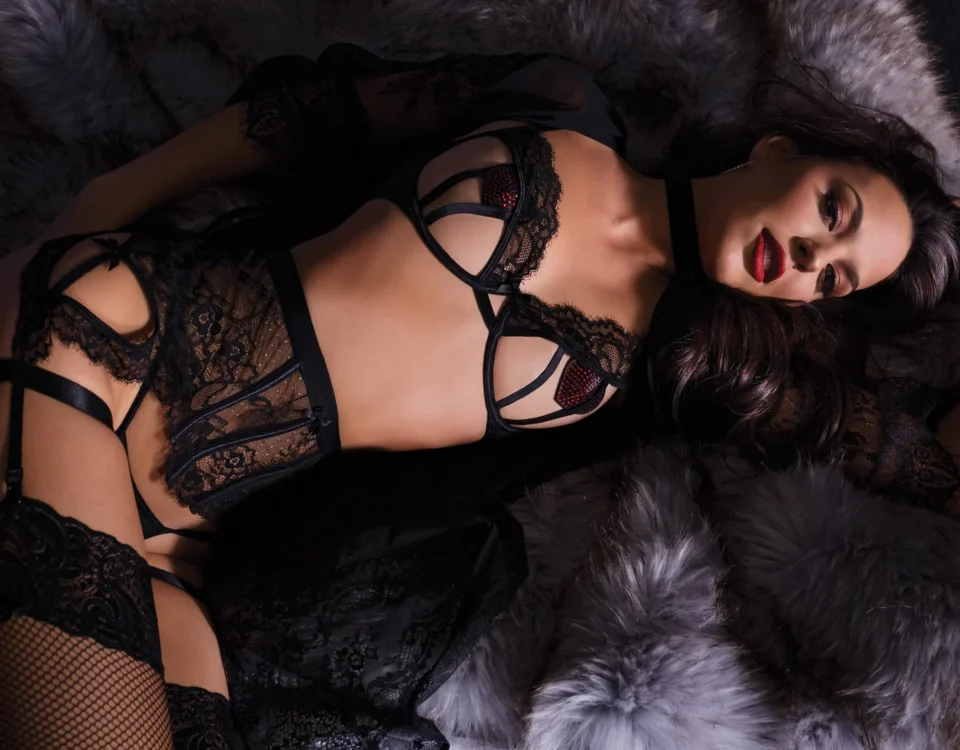Whether you’re a minimalist or a fitness gadget geek, one thing’s for sure. A supportive, well-fitting sports bra is an absolute, non-negotiable must. With each running stride, the breasts move not only up and down but also side to side and in and out, tracing a butterfly pattern. So, your breasts need the right support and the perfect fit to battle the forces of exercise movement and gravity.
Adding the movement from all three dimensions together, scientists found that on average an unsupported breast moves 4cm when walking and 15cm (almost 6 inches) when running. Furthermore, research suggests that breast movement increases with breast size.
Because breasts are made of soft tissue – alas, not muscle – what holds them up is the surrounding skin and the internal Cooper’s ligaments, a web of springy coils that are built to rebound until jumping, genetics, and gravity catch up with them. Any permanent stretching of these can cause the breasts to droop.
This might explain why high-impact exercise such as running, jumping, and skipping rope is more likely to cause breast discomfort and pain than low-impact workouts. Breast pain can lead to changes in gait and upper body movement, as well as cause women to change their workout routines.
The good news is that a correctly fitted, high-support sports bra can significantly reduce breast movement, the risk of sagging and reduce up to 85% of breast pain symptoms. Maximize your lift with these expert tips on how to choose the perfect sports bra for you.
Determine your correct size:
Scientists estimate that only 15 to 20 percent of women are wearing the best bra for their shape. But a poorly fitting sports bra isn’t just uncomfortable, it also fails to support our breasts, reduce excessive movement, and prevent strain on the back, neck and shoulders.
You should measure yourself to get an up-to-date and accurate picture of your bra size.
To measure your band size, measure around your chest, just under your bust. Round to the nearest whole number. Do this in front of a mirror. To ensure the band is level and snug put 2 fingers under the tape measure to make sure that it’s not digging into your skin.
Rib Cage Measurement Band Size
25″ – 26″ 30
27″ – 28″ 32
29″ – 30″ 34
31″ – 32″ 36
33″ – 34″ 38
35″ – 36″ 40
37″ – 38″ 42
39″ – 40″ 44
To measure your cup size, measure around the fullest part of your bust. You can do this with or without wearing a bra. If you wear a bra, ensure it is not padded. Again, do this in front of a mirror to ensure the tape measure is level across your bust and back. Round to the nearest whole number.
Your cup size is the difference between band size (step 1) and this bust measurement (step 2). If you fall in between sizes, opt for the larger cup size.
Note! Use your band size from step 1 (not your rib cage measurement)
Difference
(Bust Measurement) – (Band Size) Cup Size
3″ AA
4″ A
5″ B
6″ C
7″ D
8″ DD
9″ E
10″ F
The Level of Support You Need:
Sports bras offer three different levels of support: low, medium, and high impact. The type you need depends on your cup size and the type of exercise you do.
Type of activity:
The higher impact the activity, the more support a sports bra needs to provide. Higher impact exercise means more intense movement (e.g., jumping, bouncing, or running), which leads to greater movement of the breast tissue.
Low impact activities: Walking, yoga, Pilates, barre, strength training.
Medium impact activities: Hiking, road cycling, spinning, boxing, skiing.
High impact activities: Running, aerobics, mountain biking, high-intensity workouts, tennis, dancing.
Cup size:
Women with larger breasts may need additional support and choose a high-impact sports bra even when doing lower impact activities.
The table below shows how much support you need from your sports bra, depending on your cup size and the level of impact of your chosen activity.
LOW-IMPACT EXERCISE MEDIUM-IMPACT EXERCISE HIGH-IMPACT EXERCISE
A-Cup Light Light Medium
B-Cup Light Medium Medium
C-Cup Light Medium High
D-Cup Medium High High
E+ High High High
Low-medium impact sports bras typically feature a cup-less design and restrict movement by compressing the breasts tightly against the chest wall.
High impact bras are made with a defined cup structure – similar to regular bras – to encapsulate and support each breast. Some high impact bras use a combination of both encapsulation and compression methods to maximize support.
Compression sports bras can press breasts together creating an unwanted monoboob effect.
Excellent for A–C cups.
Tips for getting the perfect fit
Even once you have your measurements, finding the right sports bra can be tricky and usually requires you to try a few different sizes and brands. Here are some tips for getting the perfect fit…
Snug, but not too tight: A sports bra should fit tighter than a regular bra but shouldn’t restrict breathing; you should be able to fit two fingers between the straps and your shoulders.
Wrinkles are bad: The cup’s fabric should be smooth. Wrinkles in the fabric are usually an indication that the cup is too big. Conversely, if you’re spilling out of the cup, it’s too small.
Watch out for gaps: Any underwire should lay flat against the rib case, below your breast tissue, and should not pinch or dig in.
Adjust the straps: Raise your hands up over your head. If the band rides up it’s usually a sign it’s too big, though it is possible that the straps or the back closure may need adjusting.
Move around: Before buying your bra, jump around and swing your arms – (it’s probably best to do this in the changing rooms or somewhere else other people can’t see you). If you experience pain or discomfort, then try another sports bra.
How to Make Your Sports Bra Last
Like most other things, sports bras don’t last forever. While it does depend on how much you wear it and whether you rotate between other sports bras, so pay attention to these tips to make sure it lasts long enough.
Wash the bra in cold water with a mild detergent. Avoid fabric softeners and bleach.
Dry it flat or line-dry it. For the dryer, use the cold tumble cycle only: Heat breaks down spandex.
Replace the bra if the ends of the spandex fibers start showing or the fabric no longer snaps back into shape. (Average lifespan: nine to 15 months of regular wear.)
Related











